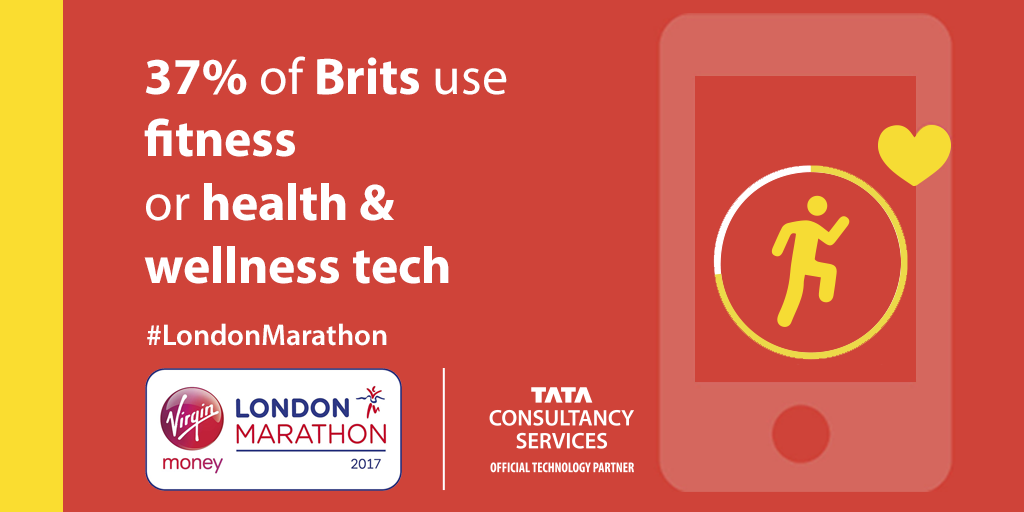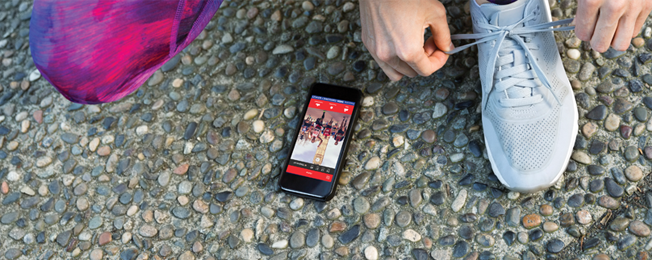Imagine having to walk to a specific post box and queue up to post your entry for the London Marathon.
This was exactly what thousands of amateur runners had to do in the early days of the London Marathon, when around 400 post boxes were named as the only places that applicants could submit their entries.
When my father Chris Brasher and his friend John Disley organised the first London Marathon in 1981, the course was marked out by volunteer stewards, spectators had no idea when their friends or family members might run past them, and charities received their donations as cheques and cash.
I even remember as a 16 year-old at that first London Marathon working in the basement of The Palace Strand Hotel, selling 6,000 train tickets to runners.
How times have changed.
From submitting entries, to training, to fundraising and the big day itself, digital technology has revolutionised the experience of competitors, spectators and organisers alike. Here are just a few of the ways in which technology has transformed the London Marathon.
Training
Every participant, from the world’s best to a novice, has benefitted hugely from the advances in digital technology.
There are now multiple digital tools available to monitor every aspect of training to improve performance – from the simple distance tracker on a smartphone or wearable technology to the most complex form of biotechnological mapping used by the word’s top coaches to prepare athletes.
Research by Tata Consultancy Services reveals that more than a third of British people now use fitness or health and wellness technology.
The vast majority of those using such technology say that it has helped them improve their health and wellbeing, while nearly 1 in 10 of Brits surveyed by TCS said the use of fitness tech had the most positive impact on their health over the last 12 months.

Fundraising
It is amazing that every year the London Marathon continues to break records for the amount of money raised for charity on a single day.
Last year’s marathon saw a mammoth £59.4 million raised, setting a new world record for an annual one-day event for the tenth successive year.
The sums of money raised by individuals are extraordinary: the record for an individual currently stands at £2.3 million, raised by Steve Chalke in 2011.
This amazing fundraising success is, in part, possible because of the technology available.
Individuals around the world are more connected than ever before. Anyone with access to the internet is able to set up platforms for fundraising and receive donations from across the planet with the simple press of a button.
The Big Day
The London Marathon’s gruelling 26.2 mile course is a huge challenge and for many who run on Sunday, it will be a day they will never forget.
With more than 39,000 runners expected to start, it can take 30 minutes to cross the Start line. Every runner has a timing chip on their shoe that instantly provides every runner with an accurate time for their marathon, from the moment they excitedly cross the start line to when they exhaustedly reach the finish.
On the day of the marathon there are 750,000+ spectators lining the streets of London, all cheering on friends and or family members and trying to spot their runner amongst the 39,000. It’s easy for people to miss the one person they’ve spent all day waiting to cheer.
Now our official app, developed by Tata Consultancy Services, means that every runner can be tracked by supporters watching on the course or sitting at home watching the TV coverage on the sofa.
To download the official Virgin Money London Marathon app for free, go to the iTunes store for Apple devices or the Google Play store for Android smartphones.
Everyone on the team at Marathon House is looking forward to this Sunday and the 37th edition of the London Marathon. If you are running, we wish you a wonderful day.
Hugh Brasher is the Race Director of the Virgin Money London Marathon.


